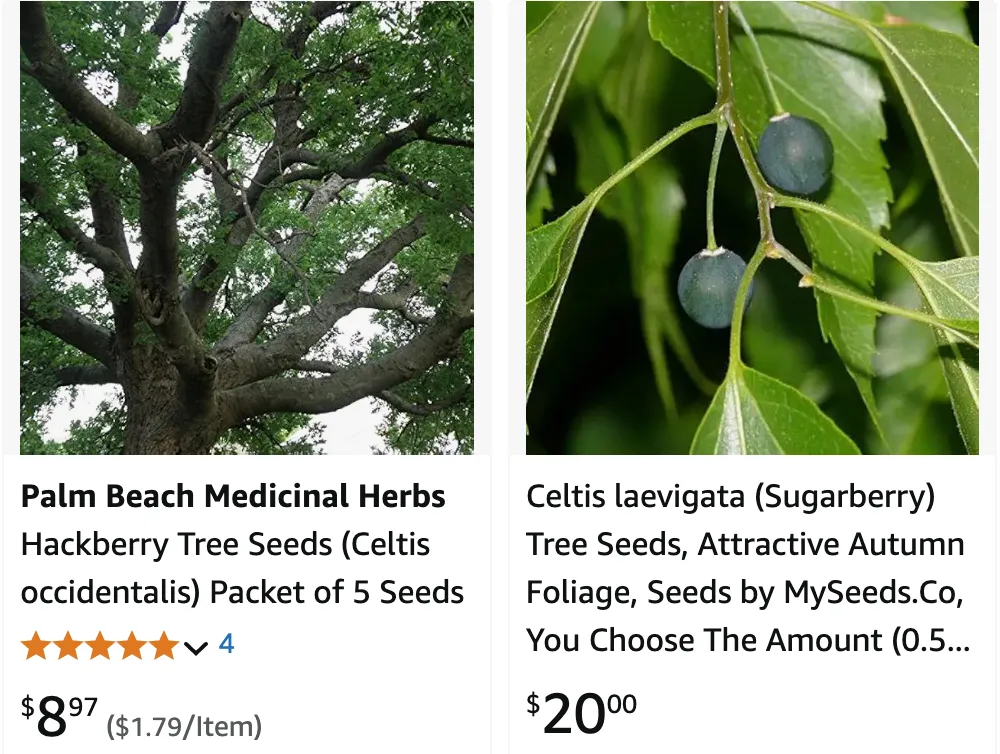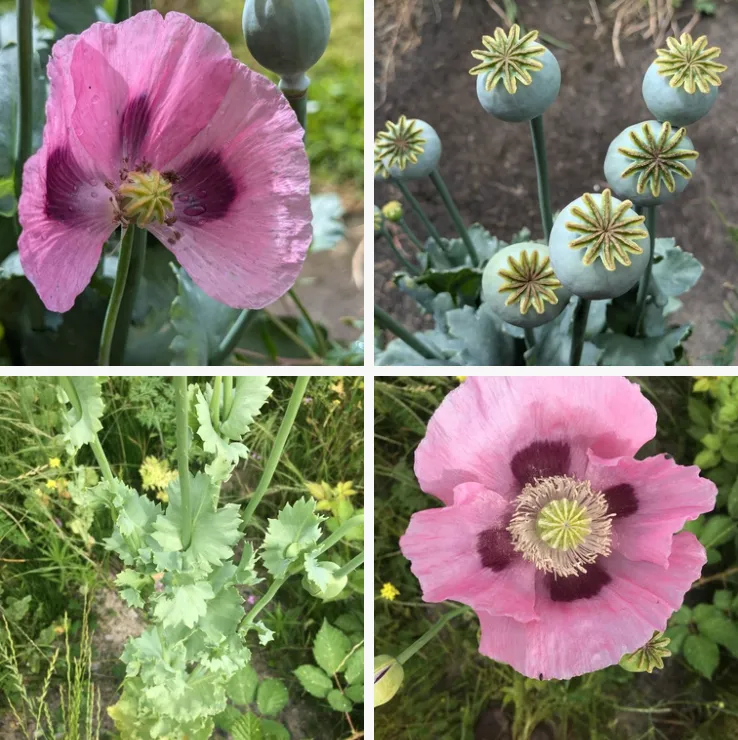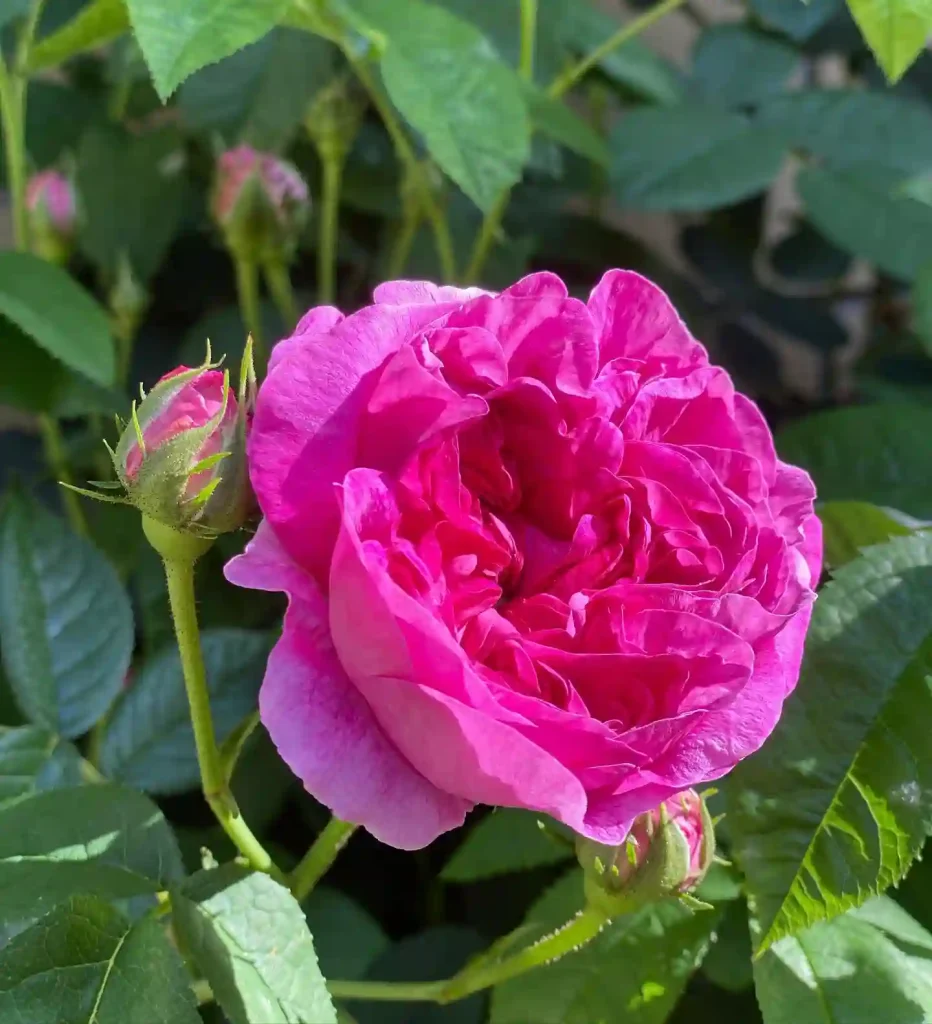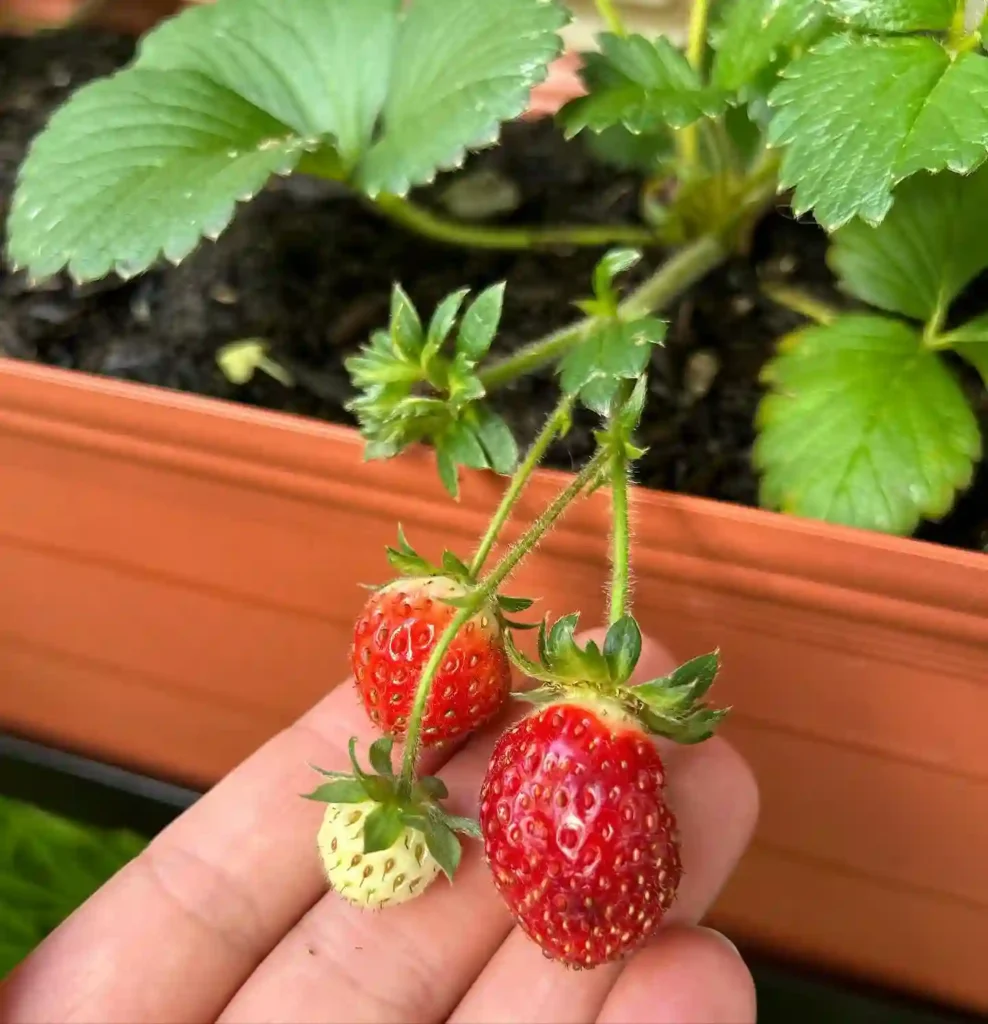
January 12 – Celtis
"Celtis, the hackberry tree, represents January 12."
Celtis symbolizes endurance and adaptability. You have a strong connection to nature and an ability to thrive in diverse conditions. Like the hackberry, you offer shelter and support to others, standing tall and rooted even in challenging environments.
My Fascination with the Celtis Genus
As a botanist, I’ve always been drawn to the diversity and resilience of trees. Among my favorites is the Celtis genus, commonly known as hackberries or nettle trees. These deciduous trees, belonging to the Cannabaceae family (yes, the same family as cannabis!), are found across the globe, thriving in warm temperate regions of the Northern Hemisphere. From the streets of Paris to the forests of Japan, Celtis species have adapted to a variety of environments, showcasing their remarkable ability to survive and flourish.
A Closer Look at Celtis
What captivates me most about Celtis is the unique combination of characteristics that define the genus. Their leaves, simple and ovate with serrated edges, often resemble those of elm trees. However, unlike elms, Celtis trees produce small, fleshy fruits that are a valuable food source for birds and other wildlife. These fruits, often called “sugarberries,” are surprisingly sweet and were even used by Native Americans for medicinal purposes.
Another intriguing aspect of Celtis is its resilience. Many species are known for their drought tolerance and ability to withstand harsh urban conditions. This hardiness makes them ideal for city landscaping and reforestation projects. In fact, I’ve personally witnessed Celtis occidentalis (common hackberry) thriving in the midst of bustling cityscapes, providing much-needed shade and greenery.
Diversity within the Genus
The Celtis genus boasts a remarkable diversity, with an estimated 68 species spread across the world. Here are just a few of the notable ones:
- Celtis adolfi-friderici Engl.
- Celtis africana Burm.f.
- Celtis alnifolia (Wedd.) Miq.
- Celtis australis L.
- Celtis balansae Planch.
- Celtis berteroana Urb.
- Celtis bifida Leroy
- Celtis biondii Pamp.
- Celtis boninensis Koidz.
- Celtis brasiliensis (Gardner) Planch.
- Celtis bungeana Blume
- Celtis caucasica Willd.
- Celtis caudata Planch.
- Celtis cerasifera C.K.Schneid.
- Celtis chekiangensis C.C.Cheng
- Celtis chichape (Wedd.) Miq.
- Celtis clausseniana (Wedd.) Miq.
- Celtis conferta Planch.
- Celtis eriocarpa Decne.
- Celtis flumeniana Zamengo
- Celtis fluminensis Carauta
- Celtis glabrata Steven ex Planch.
- Celtis harperi Horne ex Baker
- Celtis hildebrandii Soepadmo
- Celtis hypoleuca Planch.
- Celtis iguanaea (Jacq.) Sarg.
- Celtis jamaicensis Planch.
- Celtis jessoensis Koidz. Plant FAQs: Celtis Jessoensis
- Celtis julianae C.K.Schneid.
- Celtis koraiensis Nakai
- Celtis laevigata Willd. Plant FAQs: Celtis Laevigata
- Celtis latifolia (Blume) Planch.
- Celtis lindheimeri Engelm. ex K.Koch
- Celtis loxensis C.C.Berg
- Celtis luzonica Warb.
- Celtis madagascariensis Sattarian
- Celtis mauritiana Planch.
- Celtis mildbraedii Engl.
- Celtis neglecta Zi L.Chen & X.F.Jin
- Celtis occidentalis L. Plant FAQs: Celtis Occidentalis – Hackberry Tree
- Celtis orthacanthos Planch.
- Celtis pacifica Planch.
- Celtis pallida Torr.
- Celtis paniculata (Endl.) Planch.
- Celtis petenensis Lundell
- Celtis philippensis Blanco
- Celtis prantlii Priemer ex Engl.
- Celtis punctata (Urb. & Ekman) Urb. & Ekman
- Celtis reticulata Torr. Plant FAQs: Celtis Reticulata
- Celtis rigescens (Miq.) Planch.
- Celtis rubrovenia Elmer
- Celtis salomonensis Rech.
- Celtis serratissima Zamengo, R.B.Torres, Gaglioti & Romaniuc
- Celtis sinensis Pers. Plant FAQs: Celtis Sinensis – Chinese Hackberry
- Celtis spinosa Spreng.
- Celtis strychnoides Planch.
- Celtis tala Gillies ex Planch.
- Celtis tenuifolia Nutt. Plant FAQs: Celtis Tenuifolia – Slim Leaf Hackberry
- Celtis tessmannii Rendle
- Celtis tetrandra Roxb.
- Celtis tikalana Lundell
- Celtis timorensis Span.
- Celtis toka (Forssk.) Hepper & J.R.I.Wood
- Celtis tournefortii Lam.
- Celtis trinervia Lam.
- Celtis vandervoetiana C.K.Schneid.
- Celtis vitiensis A.C.Sm.
- Celtis zenkeri Engl.
The Importance of Celtis
Beyond their aesthetic appeal and ecological value, Celtis trees have played a significant role in human history. Their strong, durable wood has been used for centuries to make furniture, tools, and even musical instruments. In some cultures, Celtis trees have also held cultural and spiritual significance.
Today, Celtis species continue to be valued for their environmental benefits. Their ability to tolerate pollution and drought makes them crucial for urban forestry and combating the effects of climate change. Furthermore, their fruits provide a valuable food source for wildlife, contributing to the biodiversity of our ecosystems.
My Continued Exploration
My journey with Celtis is far from over. I’m eager to continue exploring the lesser-known species, delve deeper into their ecological roles, and perhaps even contribute to their conservation. The Celtis genus, with its remarkable resilience, adaptability, and ecological importance, serves as a constant reminder of the wonders of the natural world and the intricate connections that bind us all.
If i die, water my plants!



